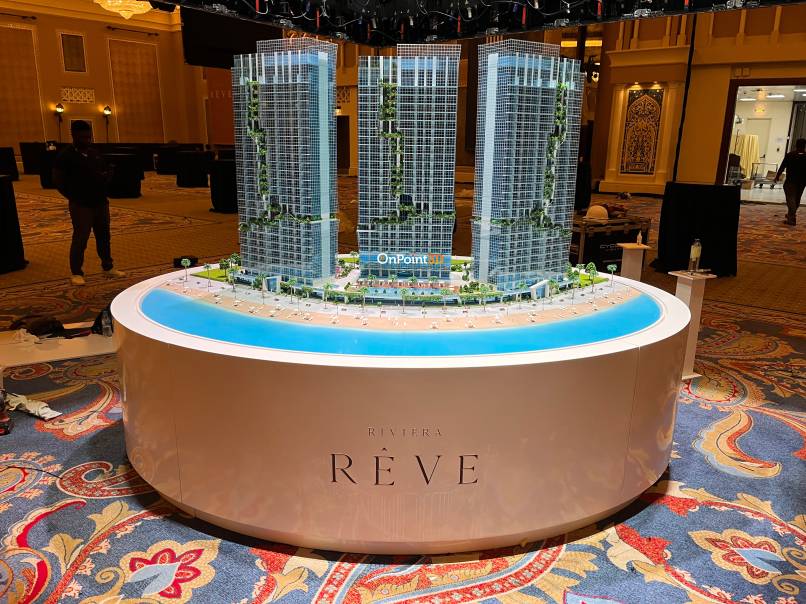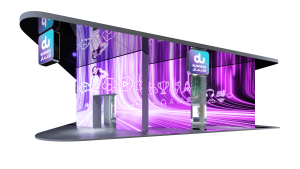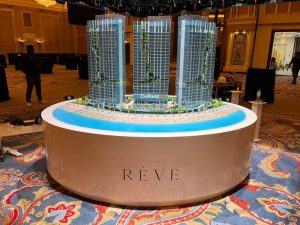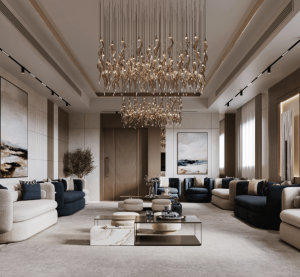Why Every Architect Needs A Model Making Partner

An architect’s drawing is a land of strength. But lines on a page or a screen can feel distant. A physical model makes a design real. It is an object you can hold, walk around, and see light fall upon.
This is why model making companies in Dubai are so valuable. They turn ideas into touchable reality, creating a powerful bridge between an architect’s vision and a client’s understanding.
Seeing is believing
A picture can be hard to read. A model is instantly clear. Clients can look at a miniature building from all sides. They see how spaces connect and how the structure sits on its site. This clear view prevents misunderstandings. It builds immediate confidence and excitement for the project.
A new perspective
Architects live inside their designs. A model offers a fresh view. Holding a small version of a building can reveal new angles and relationships. It can show a problem or an opportunity that was hidden in the drawings. This new look helps architects improve their own work.
Saving time and money
Finding a design flaw in a model is a small fix. Finding that same flaw during construction is a huge expense. A model acts as a final check. It helps everyone spot issues early. This simple step prevents costly changes and delays later on.
Winning people over
A model has a special power to persuade. Planning committees and investors respond strongly to something they can see and touch. A good model makes a proposal feel solid and decided. It turns abstract plans into a convincing vision that people want to support.
Sparking new ideas
The process of making a model is a conversation. As the model maker shapes materials, they interpret the design. This back-and-forth can spark creative ideas. The architect might see a new way to handle a detail or a different material to use, all inspired by the model taking shape.
A shared language
A model creates a common ground for everyone involved. The architect, the engineer, the client, and the builder can all gather around it. They can point, discuss, and agree using the model as their shared focus. It makes complex discussions simpler and keeps the entire team aligned.




